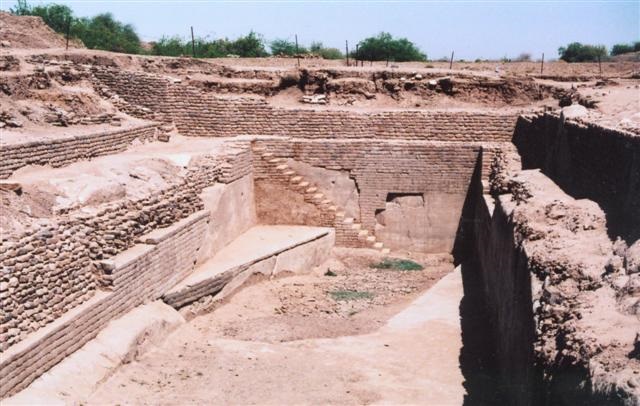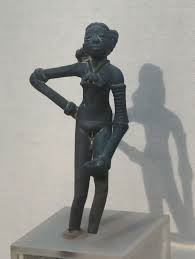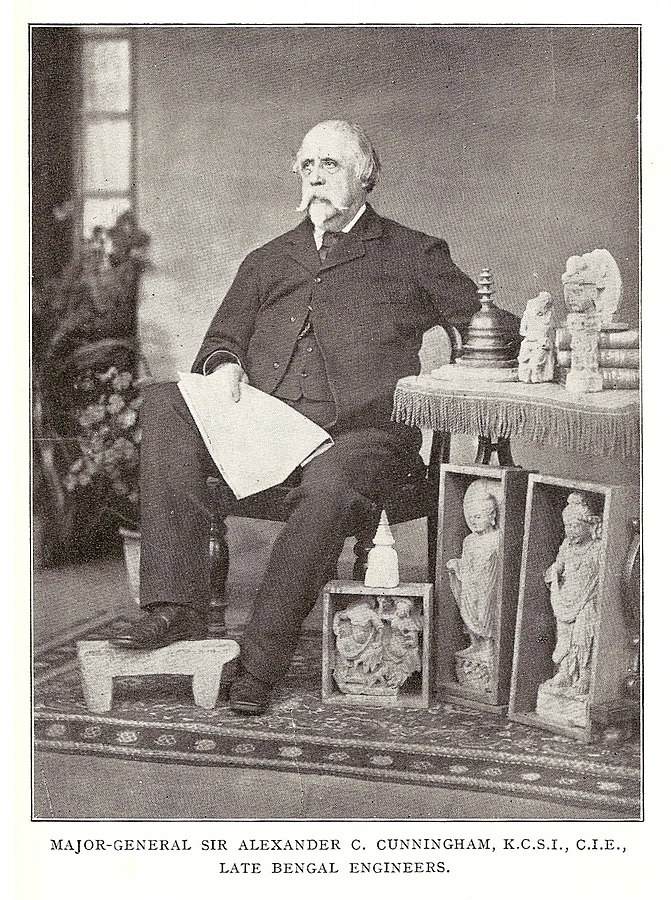
Many of us have heard about the Mohenjo-Daro civilization. Its existence, when rediscovered, proved to be a turning point in Indian History.
The story behind the rediscovery of these excavations happens to be quite interesting.
How It All Started
It all started when our erstwhile colonial regime decided to have a railway network system along the Indus valley during the mid-19th century. The construction of this enormous network was undertaken by the duo of brothers- John and William Brunton.
Discovery of Harappa Civilization
The landscape of the area proved to be challenging to work with, owing to the sandy texture of the soil which would not allow the railway tracks to be laid. To secure them in their place, more amount of stones and bricks were needed. Soon the crew was staring at the possibility of an acute shortage of materials.

Then, as if the Almighty heard their woes, soon, they heard about a deserted town nearby named ‘Brahminabad’, with dilapidated buildings. When John Brunton arrived there, he found, much to his joy, a supply of bricks and stones, as the walls had been constructed using fired and mortared bricks. Thus the bricks and the stones found in those areas were removed and used for the railway lines.
When the same predicament befell upon William Brunton, who was working in the province of Punjab in today’s Pakistan, he found the solution in the form of the ruins of another deserted town, which we now know by the name of ‘Harappa’.
Enter Alexander Cunningham
Along with the bricks and stones, many seals, toys, and sculptures were found. However, they largely remained unnoticed till 1856, when Lord Alexander Cunningham came to the site for inspection.
Apart from being a higher ranking officer in British Military Force, he was also a skilled and passionate archaeologist and his careful observations made him suspect that these ruins and artifacts dated much before the arrival of Aryans. For the uninitiated, the historians would date the start of Indian history with the arrival of Aryans.

Sadly, the matter was brushed off to be unimportant and of course, with the next year marked by the Indian mutiny and the over lasting effects it had, it should have been forgotten, were it not for the efforts of Sir Cunningham.
In 1871, Sir Cunningham became the Director-General of Archaeological Survey of India, and he took the responsibility of producing these seals and publishing a report about them in 1872-75, albeit erroneously identifying them to be etched with Brahmi script.
It was only in the 1920s that these discoveries were thoroughly investigated, thus culminating a new chapter in history.
Read about the decay of the Indus Valley Civilization.
Looking Back
Often history is overlooked as a collection of events and dates, but it is more than that; it is what connects us to our roots, our beginnings and determines our subsequent journey. In this case, these discoveries proved pivotal for the journey of a country that dreamed of freedom, thus showcasing the capability of our forefathers.
